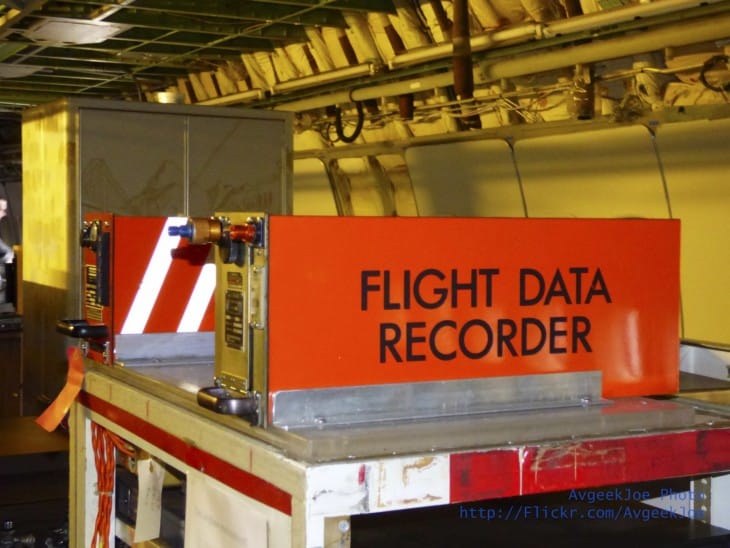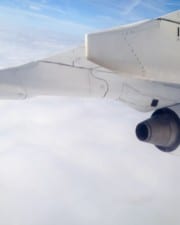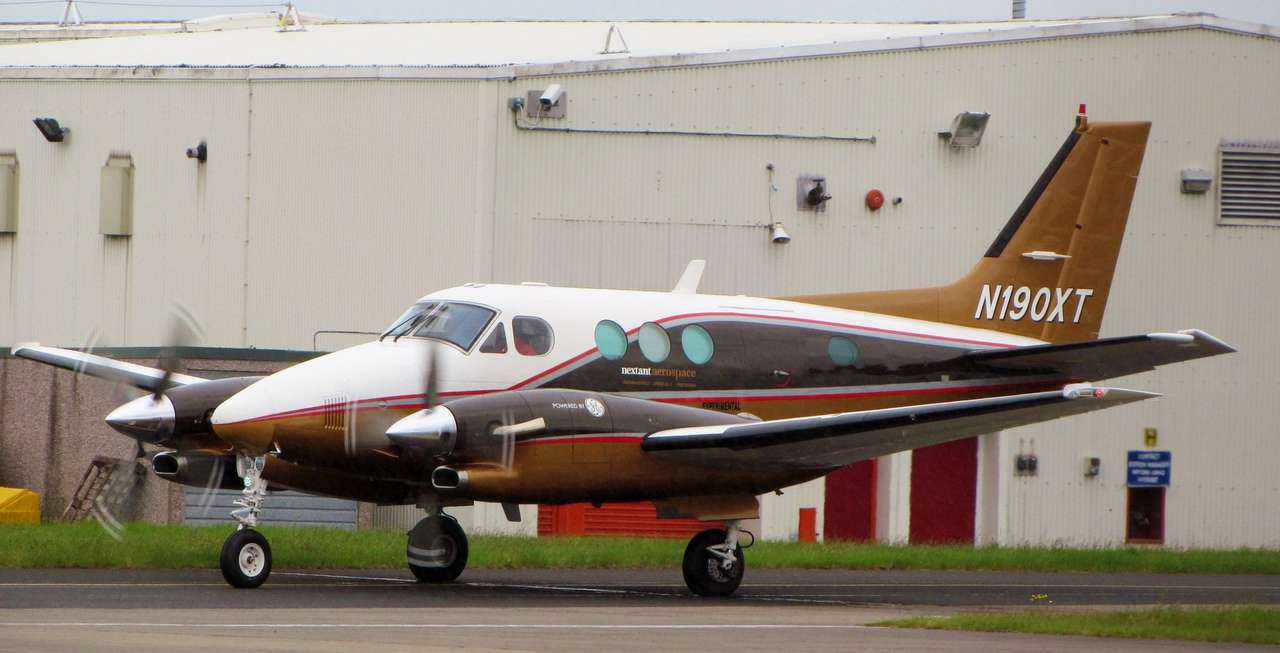When a plane crashes, investigators retrieve the “black box” to determine the cause. To withstand the impact of the crash, fire, and water, the box needs to be virtually indestructible. So, what is a black box made of that allows it to survive the most severe plane crashes?
Table of Contents
TLDR – Black boxes are made of electronics, insulation, and metal. The box contains a flight data recorder and a cockpit voice recorder encased in aluminum. The components are then wrapped in insulation and placed in a stainless-steel or titanium outer casing.
How Does a Black Box Survive a Plane Crash?
Black boxes are carefully designed to deal with the potential damage of a plane crash. The black box consists of a circuit board with all the required electronic components for recording and storing data or audio. These circuit boards are also called memory boards.
The board is placed in an aluminum housing. Unlike alloys containing iron, aluminum is rust-resistant. When exposed to water, a layer of oxide forms on the aluminum housing, which protects the interior components from corrosion.
The aluminum box is wrapped in a one-inch layer of insulation. The insulation can withstand temperatures up to 2,030-degrees Fahrenheit.
The insulated box is then encased in corrosion-resistant titanium or steel. The thick outer shell protects the interior components from impact, fire, and water.
Most black boxes are designed to comply with the international standards set by the European Organization for Civil Aviation Equipment (EUROCAE). The FAA also requires that black boxes follow the EUROCAE standards.
The EUROCAE standards specify that a recorder needs to be able to withstand an acceleration of 3,400 g for 6.5 milliseconds. This is the equivalent of a 310 mph impact.
The standards for black boxes also include requirements for withstanding static crush, penetration, high and low temperatures, deep-sea pressure, and immersion in seawater or fluid.
Along with protecting the internal components, the design of the black box makes it easier for investigators to locate the device. The black box is painted a bright yellow or orange color. It also contains an underwater locator beacon.
The beacon is automatically activated during a crash. It emits an ultrasonic ping that is undetectable to human ears but easily picked up by sonar equipment. The beacons continue to emit pings for up to 30 days and can be picked up by equipment at depths up to 6,000 meters.
The flight data recorder and cockpit voice recorder are mounted in the rear fuselage of the plane. The rear part of the plane is the last to receive impact during a crash, maximizing the likelihood of the devices surviving.
Can a Black Box Be Destroyed?
Black boxes are designed to survive plane crashes and are rarely destroyed. There have been only a handful of cases where the black box was not recovered. In a few cases, only one of the devices, the FDR or the CVR, was found.
The protection provided by the design of a black box surpasses the potential damage of a plane crash. It would take severe fire or impact beyond the design strength of the device to severely damage the internal components.
What Information Does a Black Box Record?
Most airplanes technically have two black boxes. The first box is the flight data recorder (FDR), which records flight data. The second box is the cockpit voice recorder (CVR), which records audio in the cockpit.
The FDR captures hundreds to thousands of parameters every second. The device records the flight path, location, altitude, and speed of the plane. The FDR also stores data related to the performance of airplane components, such as the engines and exhaust.
The CVR records all sounds in the cockpit, including private conversations between pilots. The device also captures audio from air traffic controllers, automated computer announcements, passenger announcements, and discussions with the crew.
Older cockpit voice recorders stored 30 minutes of audio. Due to data protection requirements, the audio is continuously overwritten after reaching maximum storage capacity.
Some modern black boxes are combined units. The cockpit voice and data recorder (CVDR) and newer individual recorders feature digital technology instead of audiotapes. This allows for smaller designs and longer recording sessions. Modern CVRs can store up to 120 minutes of audio.
Is a Black Box Black?
No, black boxes are actually painted bright orange these days. They have gotten the color orange in order for them to be easily located in the event of a crash where people have to search through the wreckage to locate the box.

The name black box comes from the time when they were first developed. Engineers simply painted all electric components housing black, as a standard practice.
The name ‘Black Box’ stuck however, perhaps it’s the mystery that goes with it that’s the reason for it retaining the name. It’s something that’s not easily changed anymore, as most people around the world will know what you’re talking about when you mention a black box.
These days, there are actually two ‘black boxes’ on every transport category plane. Within professional circles, they are better knows as the Flight Data Recorders or FDR, and the Cockpit Voice Recorder or CVR.
Related Posts













